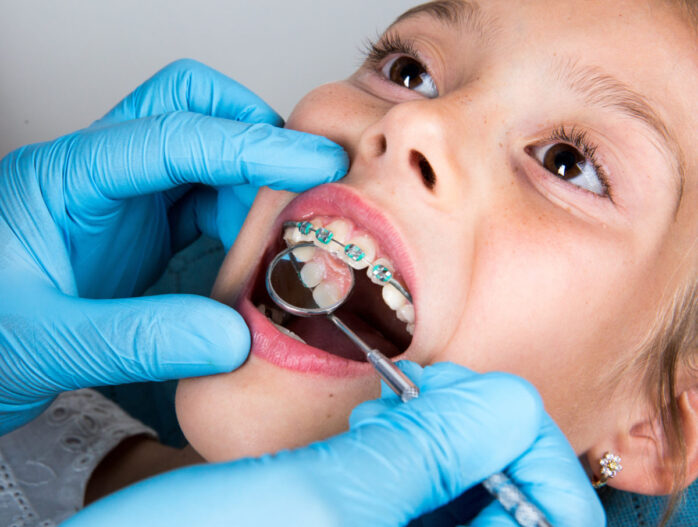
A good smile is as good as having aligned teeth. For children, it takes a lot to grow with this kind of smile. As a result, most parents resort to early orthodontics. Visiting a dentist early enough can help your child develop strong and healthy teeth.
Pediatric orthodontics is a branch of pediatric dentistry that deals with Invisalign and braces for children. A pediatric orthodontics dentist deals with teeth alignment problems that children face when growing up, generally between the age of 7 and 10. As a parent, there is more to learn about orthodontics; in this article, we make it easy for you.
1 – It is not all about Straight Teeth
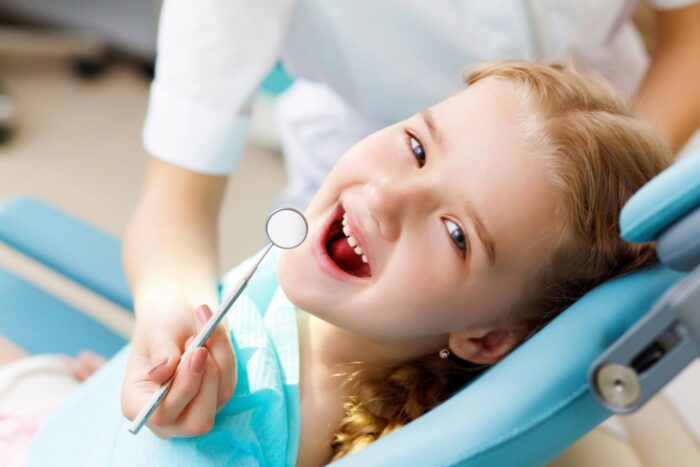
Most parents consider space maintainers and teeth alignment when you mention orthodontics. However, the truth is that orthodontics for children goes way beyond.
While orthodontics aims to make sure your kid’s teeth are strategically repositioned, the main objective is to improve your child’s facial growth and development. Therefore, orthodontics is all about giving your child a good smile.
Orthodontists offer children special treatments for misaligned teeth, also known as malocclusion. This condition always occurs when the upper and lower jaws don’t meet. Some of the effects of malocclusion include:
- It may affect speech in children
- Abnormal wearing of the teeth enamel
- Affects chewing
- Prevents the teeth in the lower and upper jaw from meeting
- Causes long-term facial and jaw pains
2 – Children need Orthodontics by Age Seven
A pediatric dentist can identify most dental issues in your child as early as seven. At this age, your child should have developed molars for backbite. This is the right age for dentists to easily access teeth relationships and diagnose issues.
Also, at this age, an orthodontist can easily establish all the potential problems your child may have with overbite, backbite, smile, and gummy.
3 – You can Guide Jaw Growth at Early Age
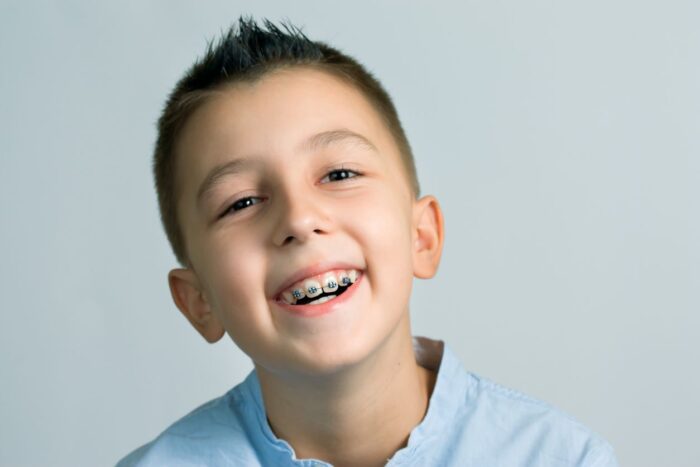
Your child may need early orthodontics to guide jaw growth. This is important because it will ensure your child gets a proper bite of food. The dentist can use some special appliances to help guide the jaw growth of the kid’s jaws as they grow and develop.
4 – Early Orthodontics can Stop Bad Oral Habits
Does your child have some bad oral habits like tongue thrusting? Well, you can use early orthodontics to correct this problem in kids.
Tongue thrusting and thumb sucking are annoying habits of children that you can deal with when you opt for early orthodontics. When your child sees an orthodontist at an early age, you can help them correct this bad habit as early as possible. Take your child to see an orthodontist as early as age five to correct this problem and boost the child’s confidence.
5 – It helps with the Early Detection of Non-Erupted Tooth
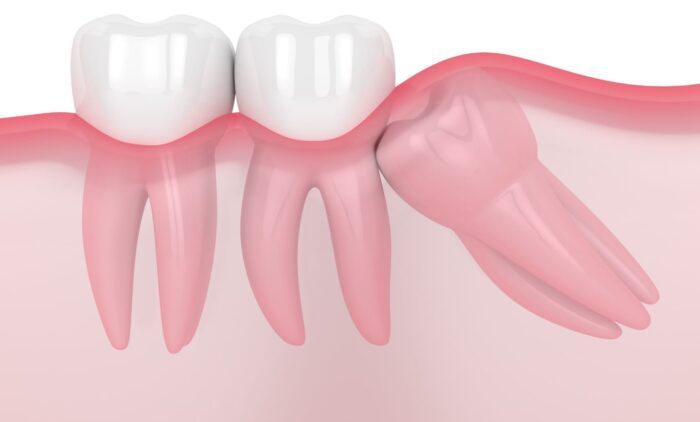
Early pediatric orthodontics can help with the detection of a non-erupted tooth. When taking your child to an orthodontist, the dentist will use an x-ray machine to take pictures of the underneath gums and find out if any teeth are erupting. This way, the dentist can detect and troubleshoot any possible orthodontic problem your child may have.
Moreover, booking an appointment with an orthodontist will help your child to gain self-confidence in their smile. Your child will look smart, beautiful and have a healthy smile.
6 – There are Two Phases of Orthodontic Treatment
Early orthodontic treatment in children often has two faces.
Phase I: Interceptive Orthodontics
The first phase of orthodontics in children is known as interceptive orthodontics. It occurs in children between the age of 7 and 11. However, some parents may take their children for early treatment at ages 5 or 6. The main objectives of interceptive orthodontics are:
- Correct development of teeth
- Direct the rate of teeth growth
- Proportion of the child’s jaw
You can prevent future treatments when you take your child for the first phase of orthodontic treatment. It can also make a significant difference in the child’s overall health. The first phase of orthodontic treatment will lessen the time the dentist takes in future. It also reduces treatments and reduces the orthodontic appliances the dentist uses in future.
Phase II: Associate Orthodontics
In the second phase of orthodontics, the dentist will ensure that your child’s teeth are in the right position. That means the teeth should harmonize with the lips, tongue, cheeks, and teeth. The second phase will usually take place when the child is between the age of 11 and 18. At this age, most of the child’s teeth have erupted.
This last phase of orthodontics will reposition the child’s teeth and ensure the jaws are growing towards the right development.
What are the Causes of Orthodontic Problems in Children?
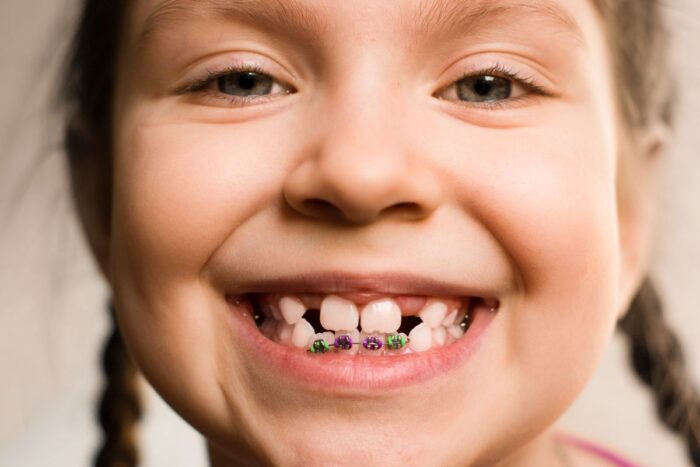
Before you take your child for a dental checkup and teeth alignment, you may wonder what the causes of orthodontic problems are. In most cases, children inherit orthodontic issues from their parents.
Some of the inherited orthodontic problems include:
- Irregularities of the teeth and jaw
- Too much space between the teeth
- Crowded teeth
- Extra and missing teeth
A child may also have acquired orthodontic issues caused by:
- Dental infection
- Accidents and trauma
- Obstruction of airways
- Thumb and finger sucking
- Premature loss of baby teeth
What to Expect On First Orthodontist Visit
The first time you visit an orthodontist with your child, you should expect some introduction. The pediatric orthodontist will introduce you to their staff and take you through the office. This walk and introduction help to make you and the kid feel comfortable.
On the first appointment, the dentist’s primary goal is to ensure they diagnose the proper treatment for the kid. The dentist is likely to take the child through a clinical examination. The dentist will take some x-ray photographs of the kid’s dental formula. The dentist will also give a diagnosis of the problem and recommend the right solutions. Always take your child for a dental checkup early to avoid problems.






